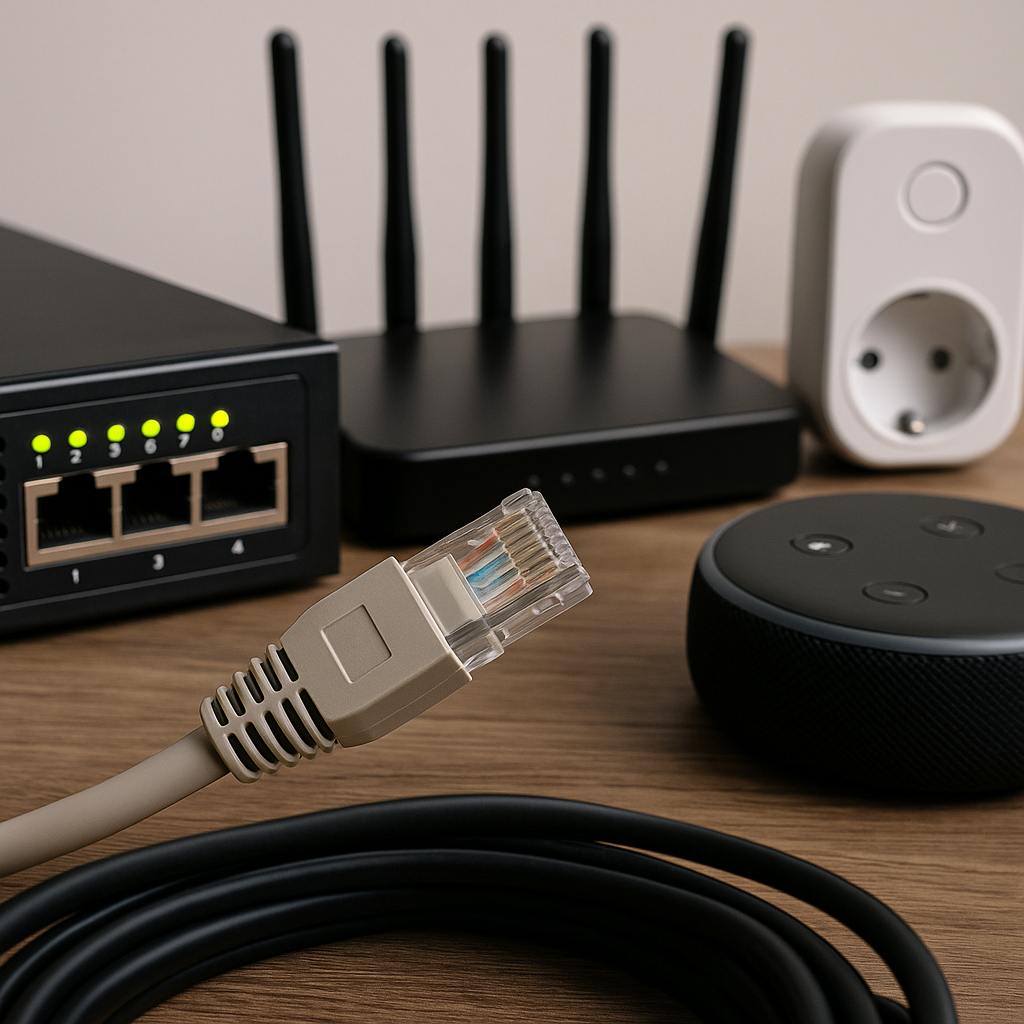Smart devices, smarter defenses: A new approach to IoT cybersecurity
IoT devices are notoriously under-secured. Unlike traditional computing systems, these devices often come with limited processing power, hardcoded default credentials, minimal firmware protection, and little to no encryption. The research highlights that such weaknesses are not accidental but systemic, driven by market pressures to deliver low-cost, highly connected products with rapid deployment cycles.

In a digital era where smart devices outnumber people, ensuring that each node doesn’t become a liability is both a technical challenge and a societal imperative. Specifically, the rapid expansion of Internet of Things (IoT) devices has unlocked unprecedented efficiencies across homes, cities, healthcare, and industry. Yet this same proliferation has created an expansive attack surface for cybercriminals, who increasingly exploit weakly secured IoT nodes to launch powerful Distributed Denial of Service (DDoS) attacks.
A new study, titled “How To Mitigate And Defend Against DDoS Attacks In IoT Devices” and published on arXiv, offers a critical intervention to counter this risk. The research explores existing vulnerabilities and introduces a theoretical solution built around IPv6-based segmentation and edge-layer perimeter defense.
The paper revisits high-profile attack vectors like the Mirai botnet to demonstrate how simple misconfigurations in IoT ecosystems can be scaled into large-scale cyber-assaults. With billions of IoT endpoints forecasted to go online by 2030, the study presents a timely framework to reduce systemic risk in the networked future.
Why are IoT devices so vulnerable to DDoS exploits?
IoT devices are notoriously under-secured. Unlike traditional computing systems, these devices often come with limited processing power, hardcoded default credentials, minimal firmware protection, and little to no encryption. The research highlights that such weaknesses are not accidental but systemic, driven by market pressures to deliver low-cost, highly connected products with rapid deployment cycles.
One of the most devastating examples of IoT vulnerability occurred in 2016 when the Mirai botnet commandeered thousands of unsecured devices, ranging from smart cameras to home routers, and launched a DDoS attack peaking at 1.2 terabits per second. This operation severely disrupted major internet infrastructure by targeting DNS provider Dyn, resulting in platform-wide outages for Netflix, Twitter, GitHub, and others. The attack was not technically sophisticated but leveraged scale, automation, and uniform vulnerabilities across IoT devices.
According to the study, this pattern remains relevant today. As attackers iterate and evolve, many IoT systems remain static, unable to self-patch or detect abnormal traffic behavior. Moreover, these devices are often "always on" and directly exposed to the internet without intermediate defense layers. The researchers argue that relying solely on internal device security or vendor-driven firmware updates is no longer sufficient.
What defense mechanisms are currently used and why are they inadequate?
The research provides a comprehensive review of current DDoS mitigation techniques applicable to IoT infrastructure. Traditional firewalls and antivirus solutions often fail to scale or adapt to the unique constraints of IoT environments. Consequently, modern defenses have shifted toward AI-driven anomaly detection, edge computing frameworks, and software-defined networking (SDN).
Among the promising innovations are:
- Machine Learning-Based Intrusion Detection: Systems that use honeypots to trap malware, collect behavioral data, and train anomaly-detection algorithms.
- ShadowNet and Other Edge Frameworks: These place critical analysis and filtering mechanisms near the device layer, minimizing the delay in detecting attacks.
- SDN Approaches: Allow centralized visibility and dynamic policy enforcement across the entire network, enabling faster response to abnormal traffic patterns.
While each of these strategies offers partial protection, the study underscores that none address the root problem—direct internet accessibility of devices and a lack of network-level segmentation. A breach in one device can escalate quickly, leveraging lateral movement to overwhelm larger systems. Moreover, most current defenses focus on detection and response rather than preemptive containment.
How does IPv6-Based segmentation offer a path forward?
To fill this critical gap, the authors propose a novel mitigation model that combines two core strategies: IPv6 Unique Local Addressing (ULA) for internal segmentation and a layered perimeter defense at the network gateway. This architecture isolates devices into logical groups based on function or type, such as sensors, actuators, or edge controllers, and ensures they are only visible to each other within a private network environment.
Under IPv6 ULA, IoT devices communicate using non-routable internal addresses, rendering them invisible to external threat actors. By separating these segments using predefined access control rules, the model prevents a compromised device from becoming an entry point for wider attacks. Each group is given strictly controlled permission to communicate with specific services or external endpoints, minimizing unnecessary exposure.
Complementing this segmentation, the study proposes a multi-layer perimeter defense system at the edge of the network. This includes firewalls, intrusion detection/prevention systems, access control lists, and rate-limiting protocols. These layers operate as traffic sentinels, filtering incoming and outgoing data, flagging anomalies, and enforcing trust boundaries. Crucially, this approach decouples defense responsibilities from the devices themselves, shifting it to more capable network layers.
The proposed framework not only mitigates ongoing DDoS threats but also creates proactive barriers that prevent threat propagation. Importantly, this method does not depend on retrofitting devices with new hardware or overhauling existing firmware, making it scalable and adaptable for legacy IoT deployments.
- READ MORE ON:
- DDoS attacks on IoT devices
- IoT cybersecurity solutions
- smart device DDoS defense
- Internet of Things network security
- intrusion prevention in IoT networks
- how to prevent DDoS attacks in Internet of Things devices
- best practices for IoT network defense and mitigation
- mitigating cyber risks in large-scale IoT environments
- FIRST PUBLISHED IN:
- Devdiscourse










